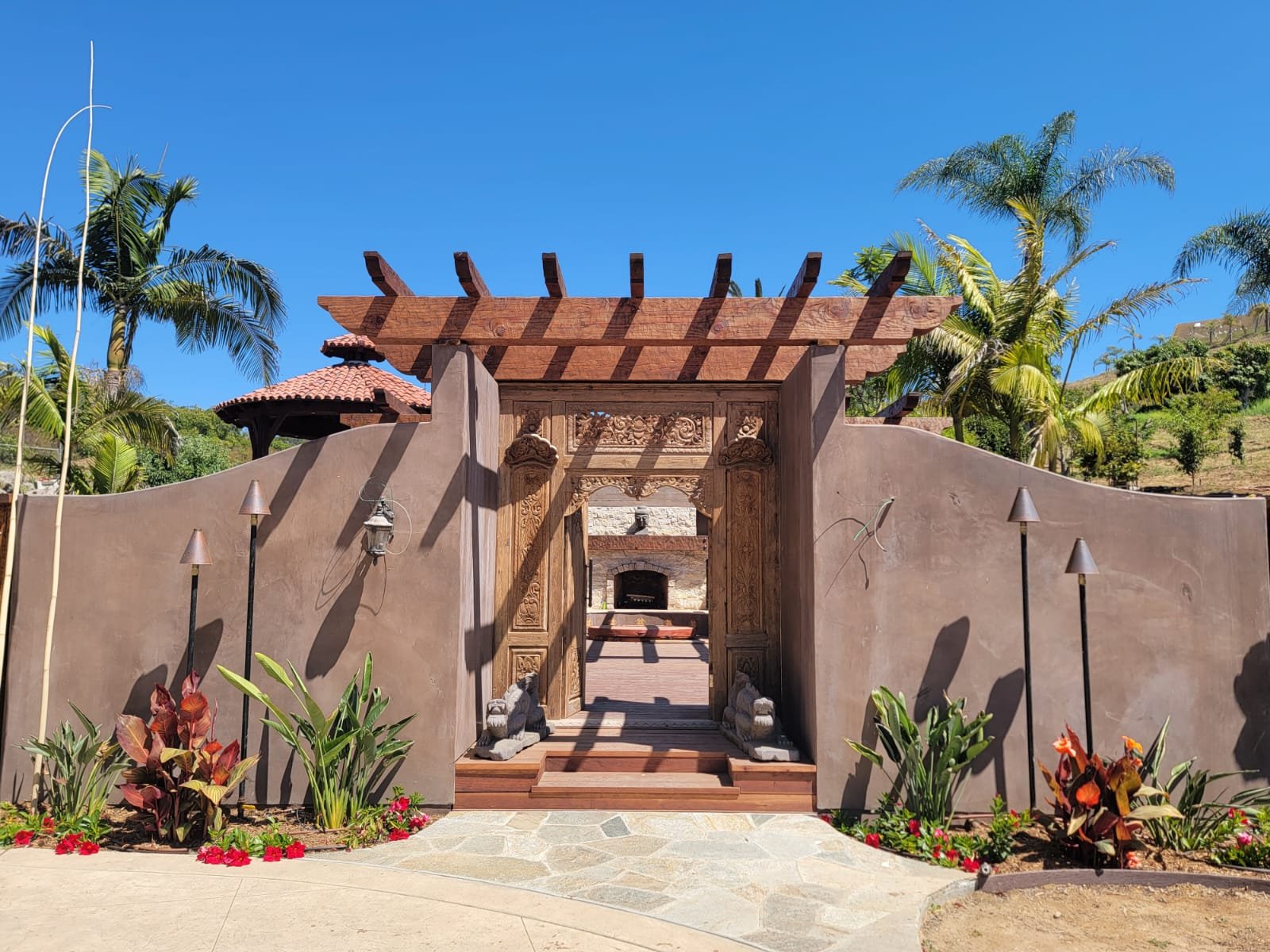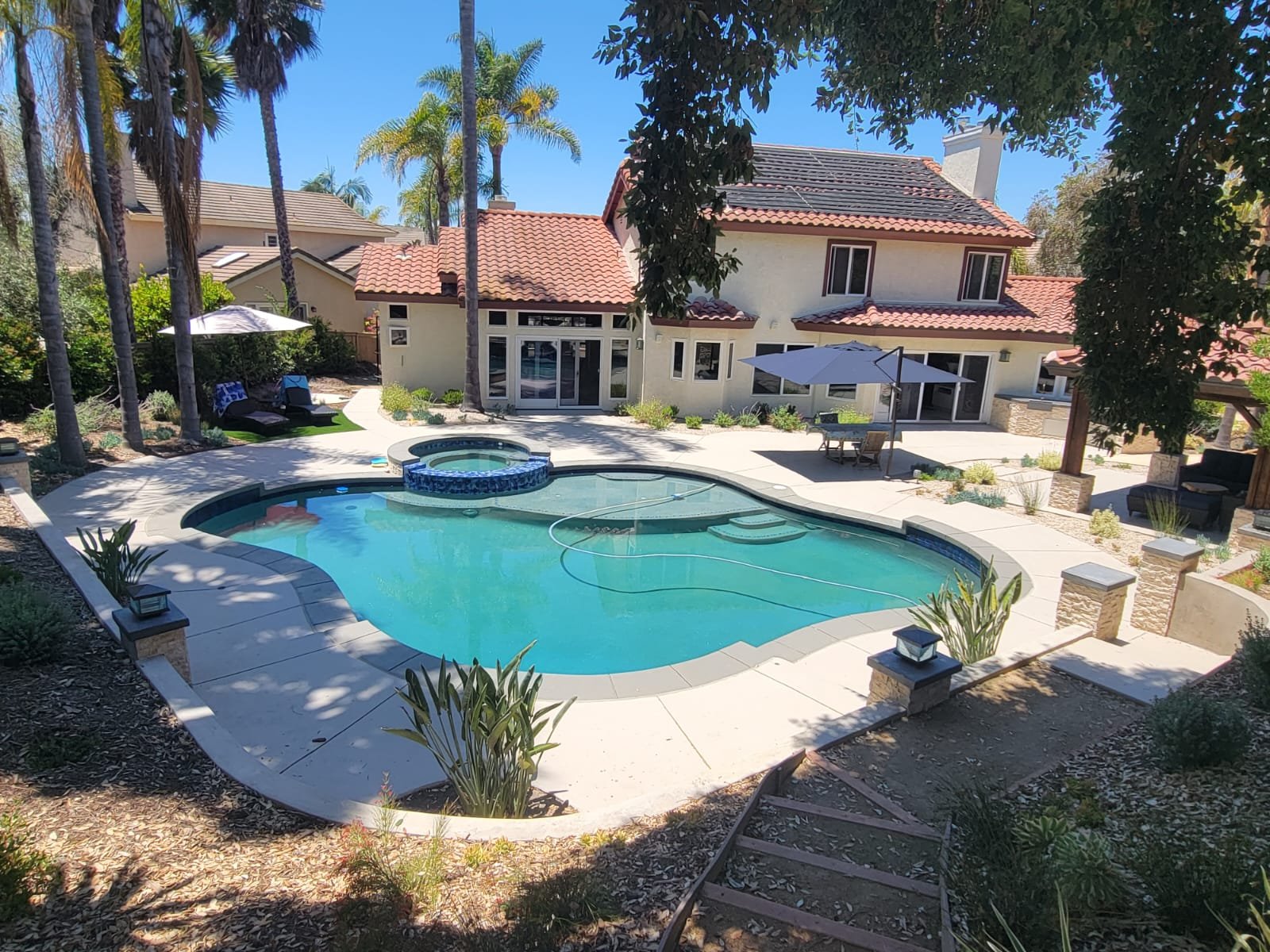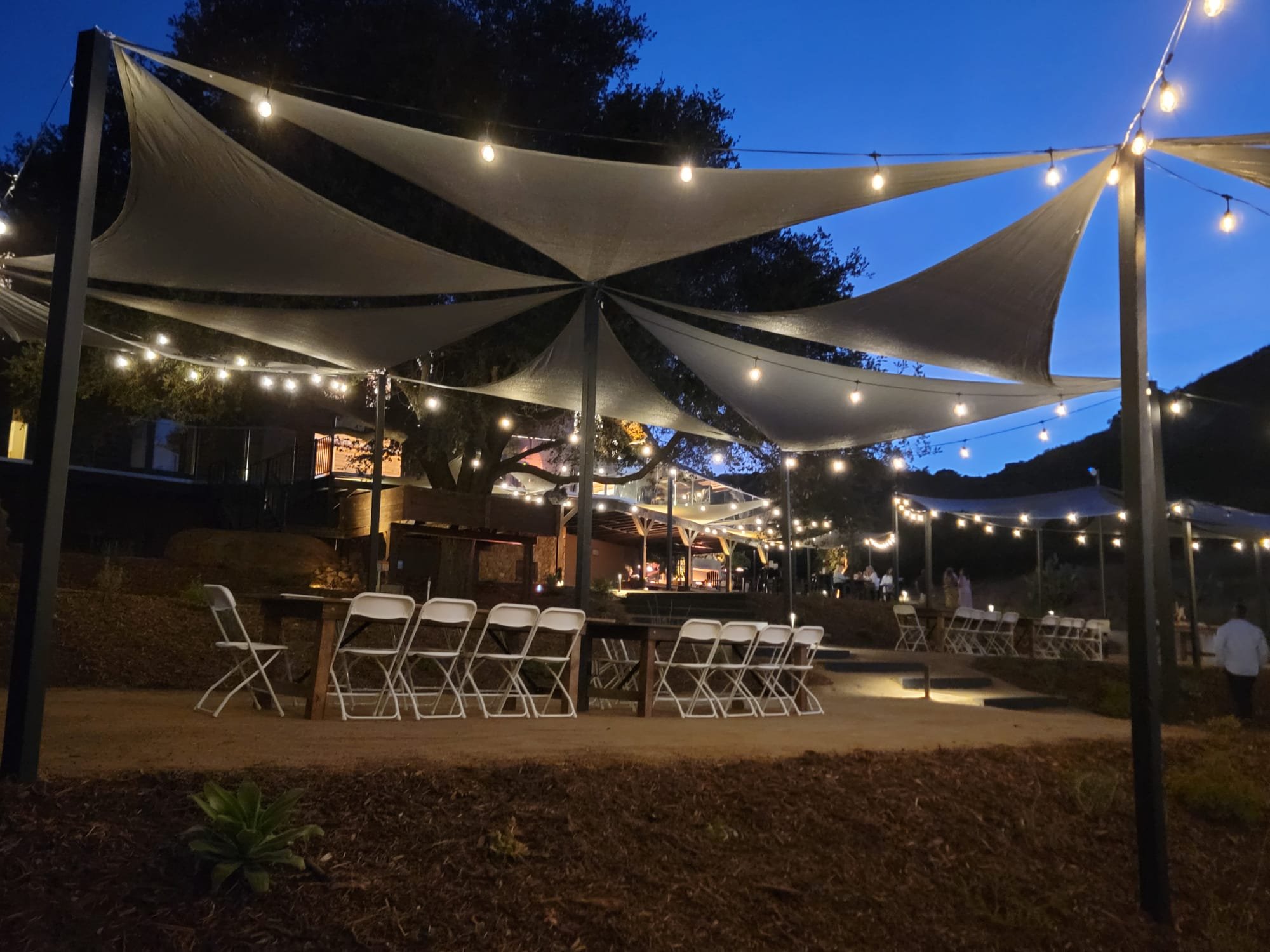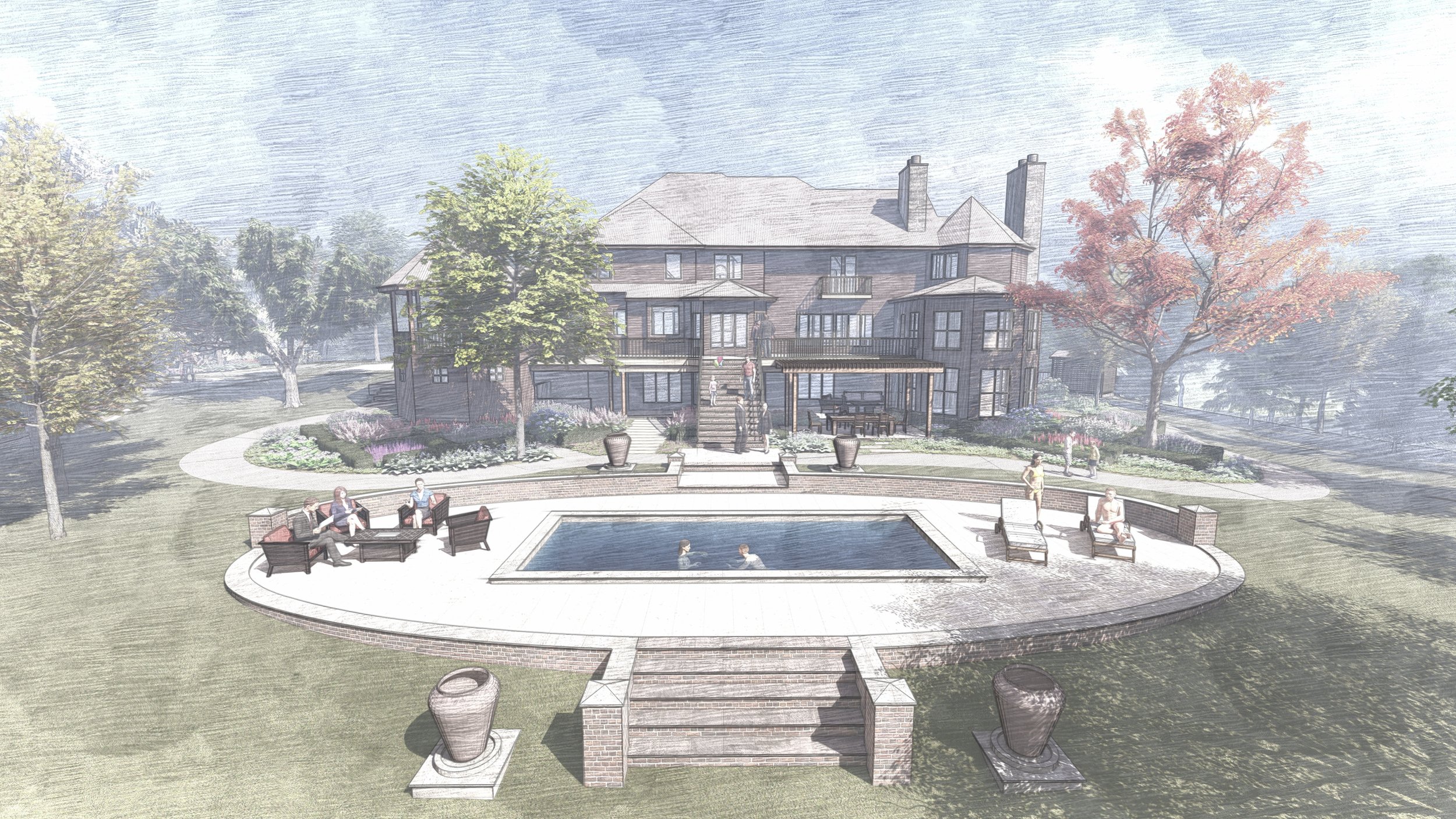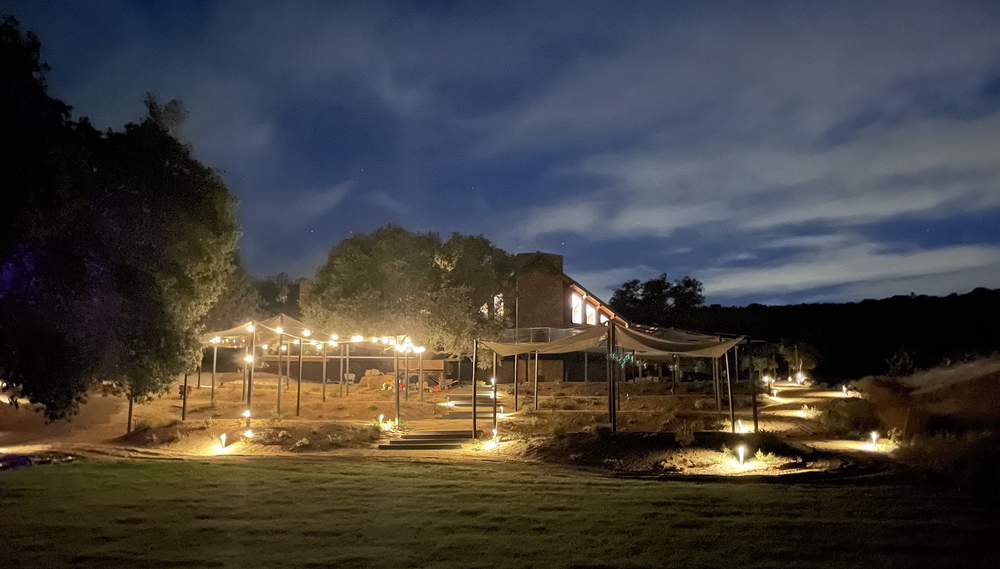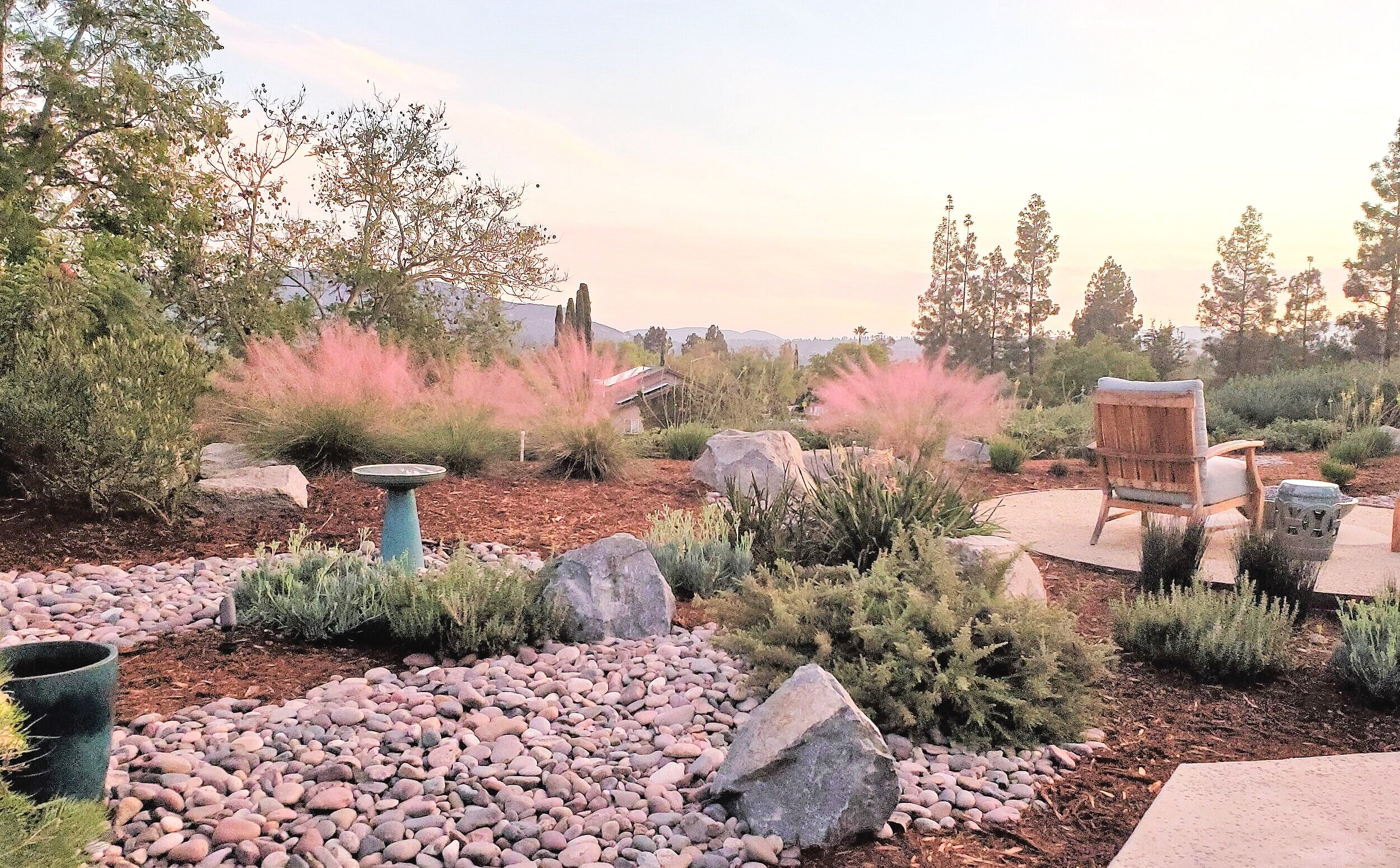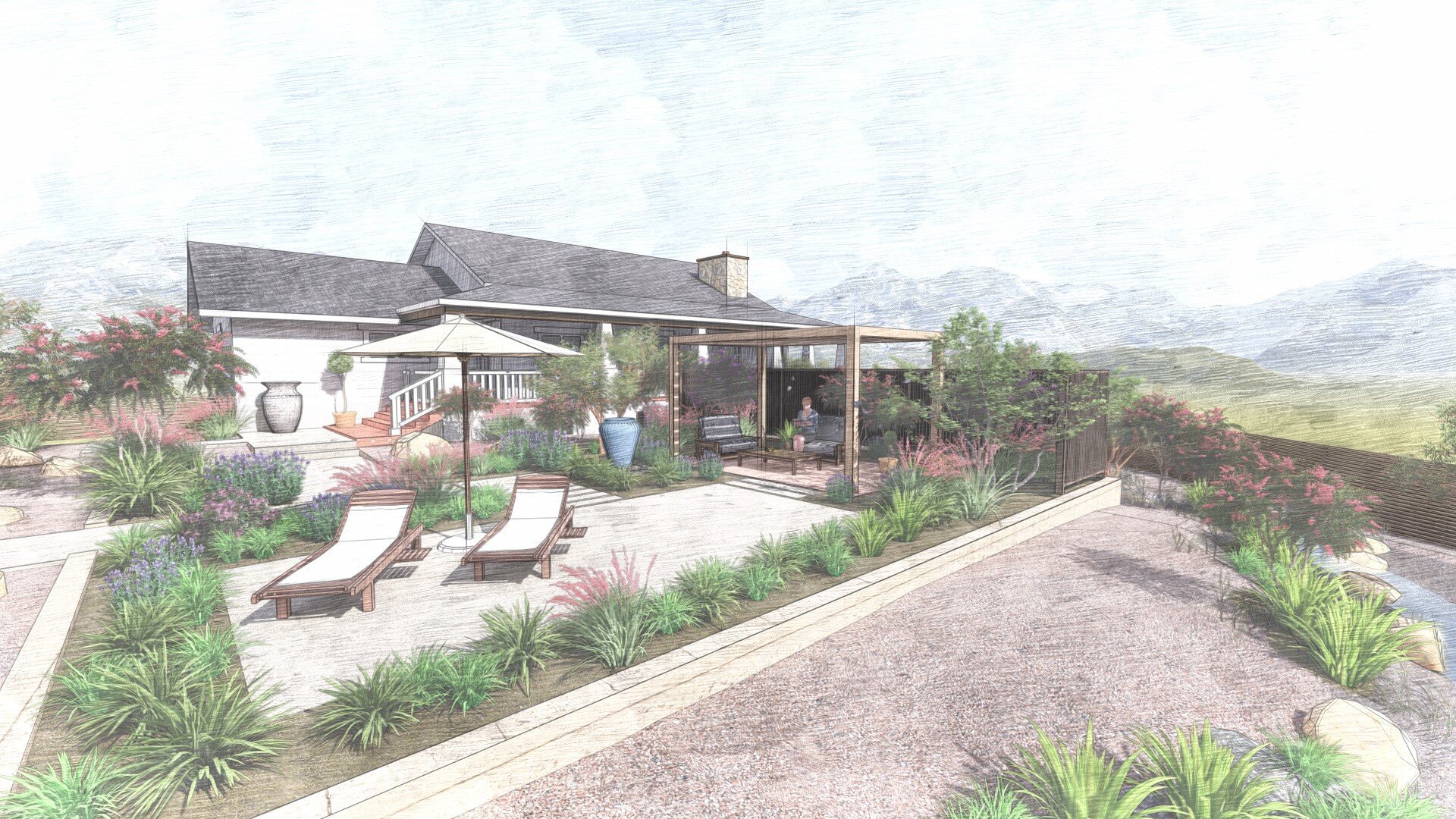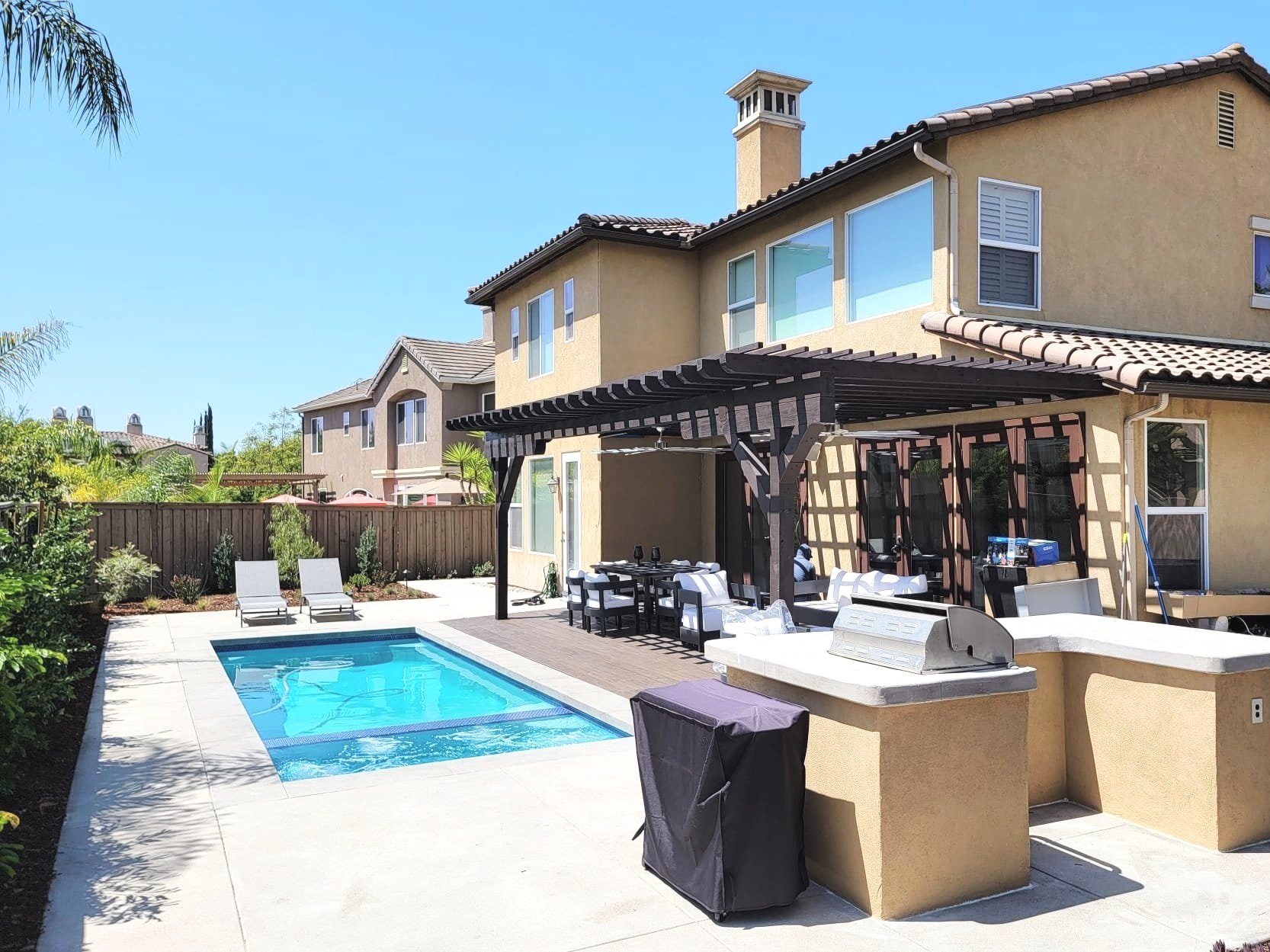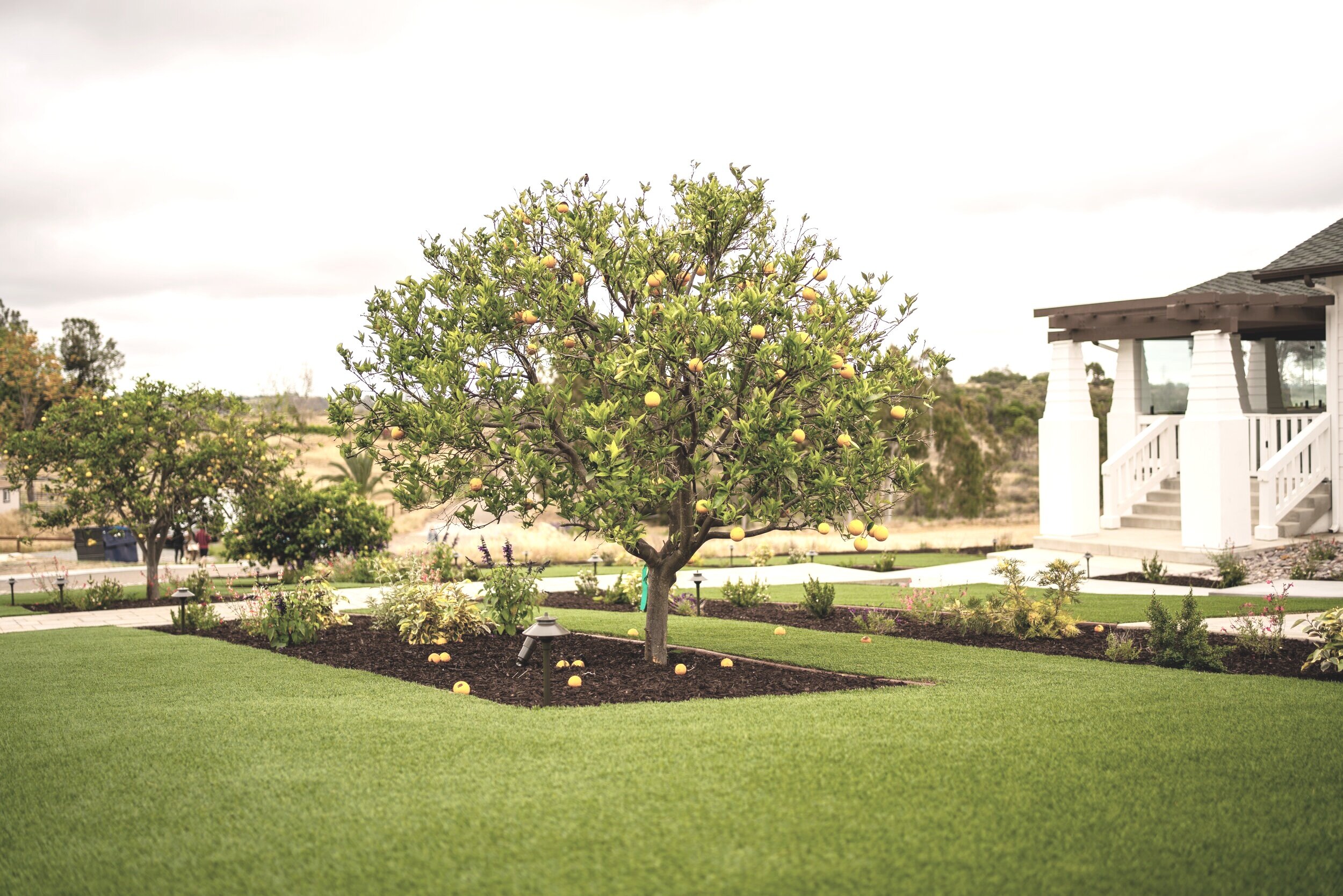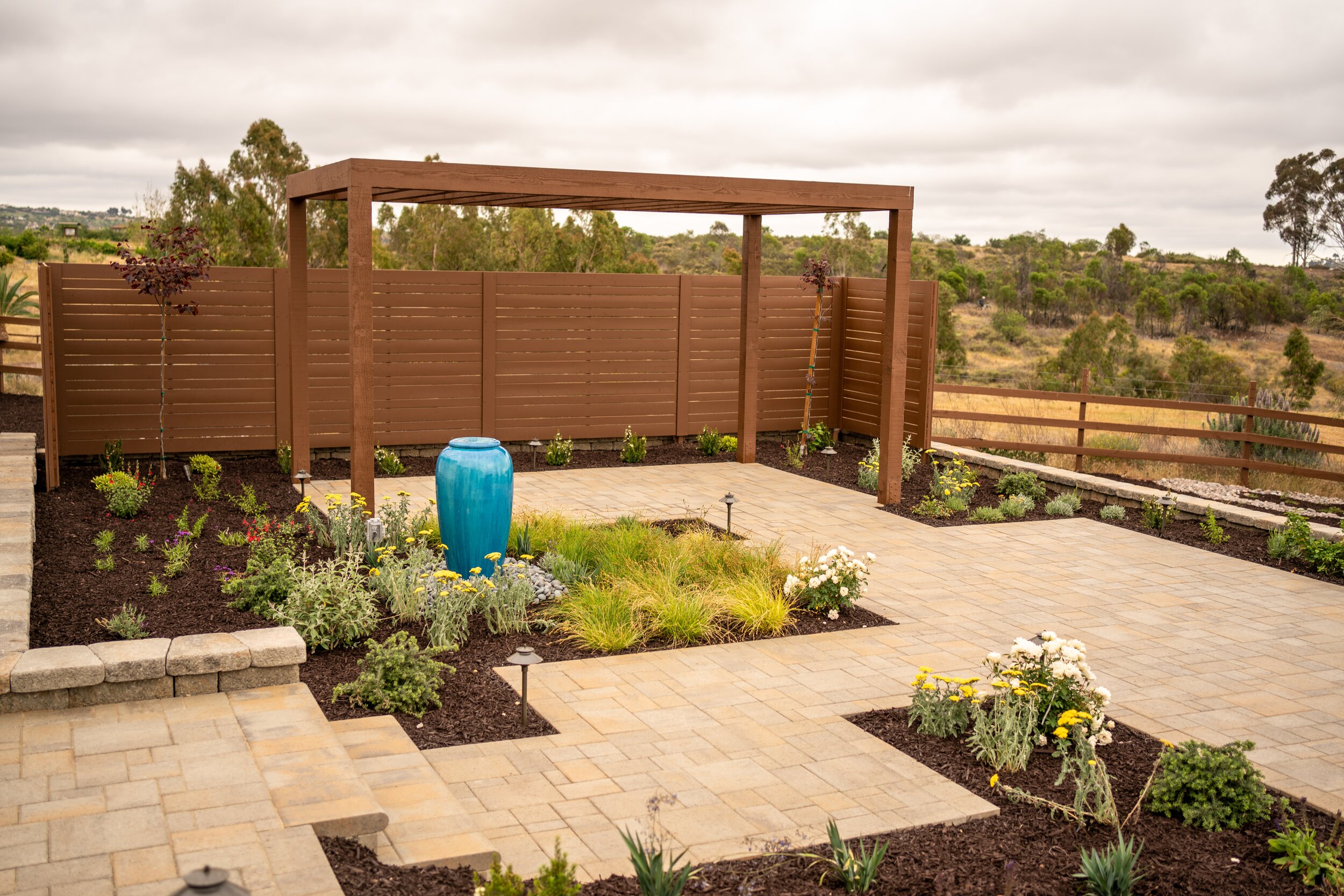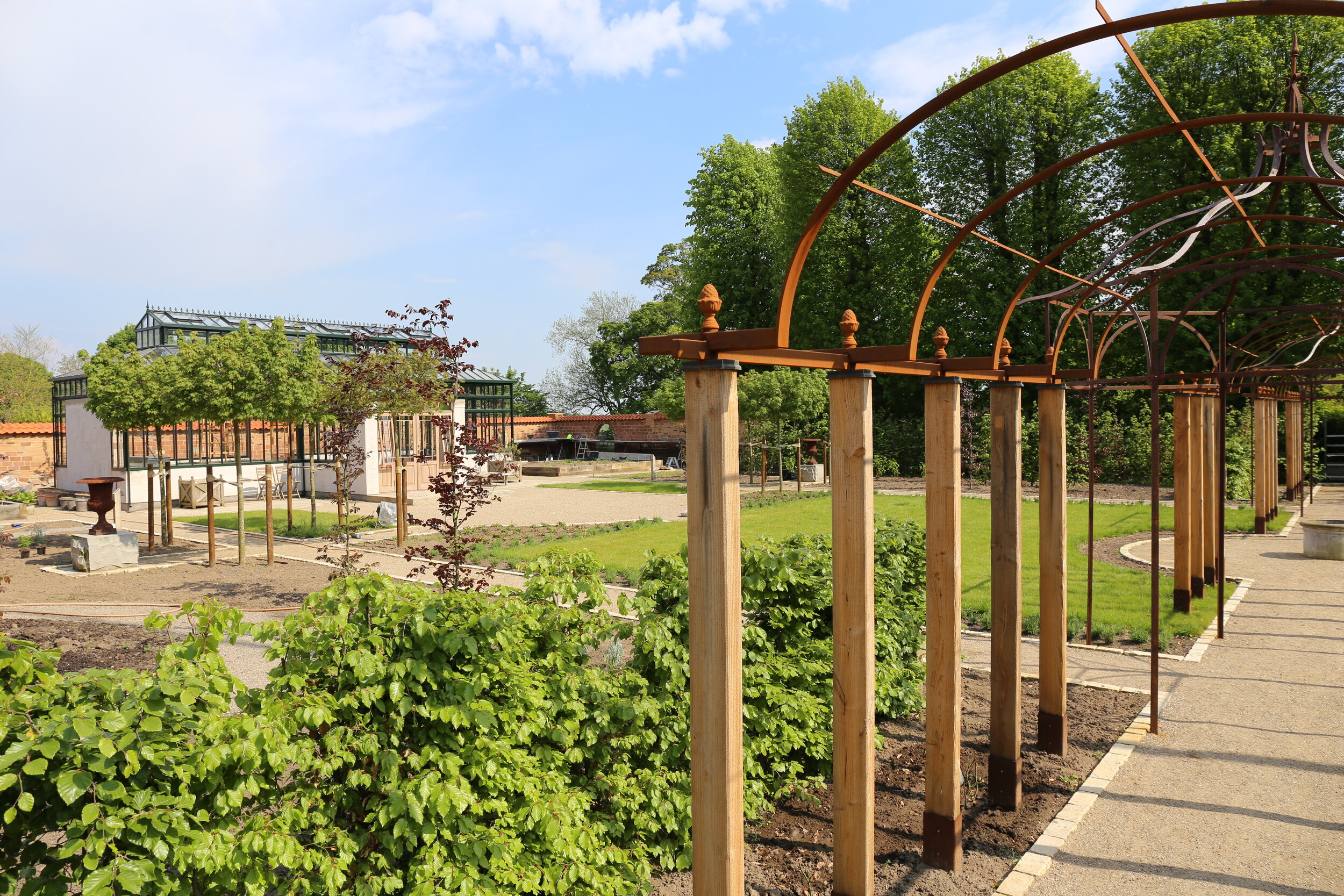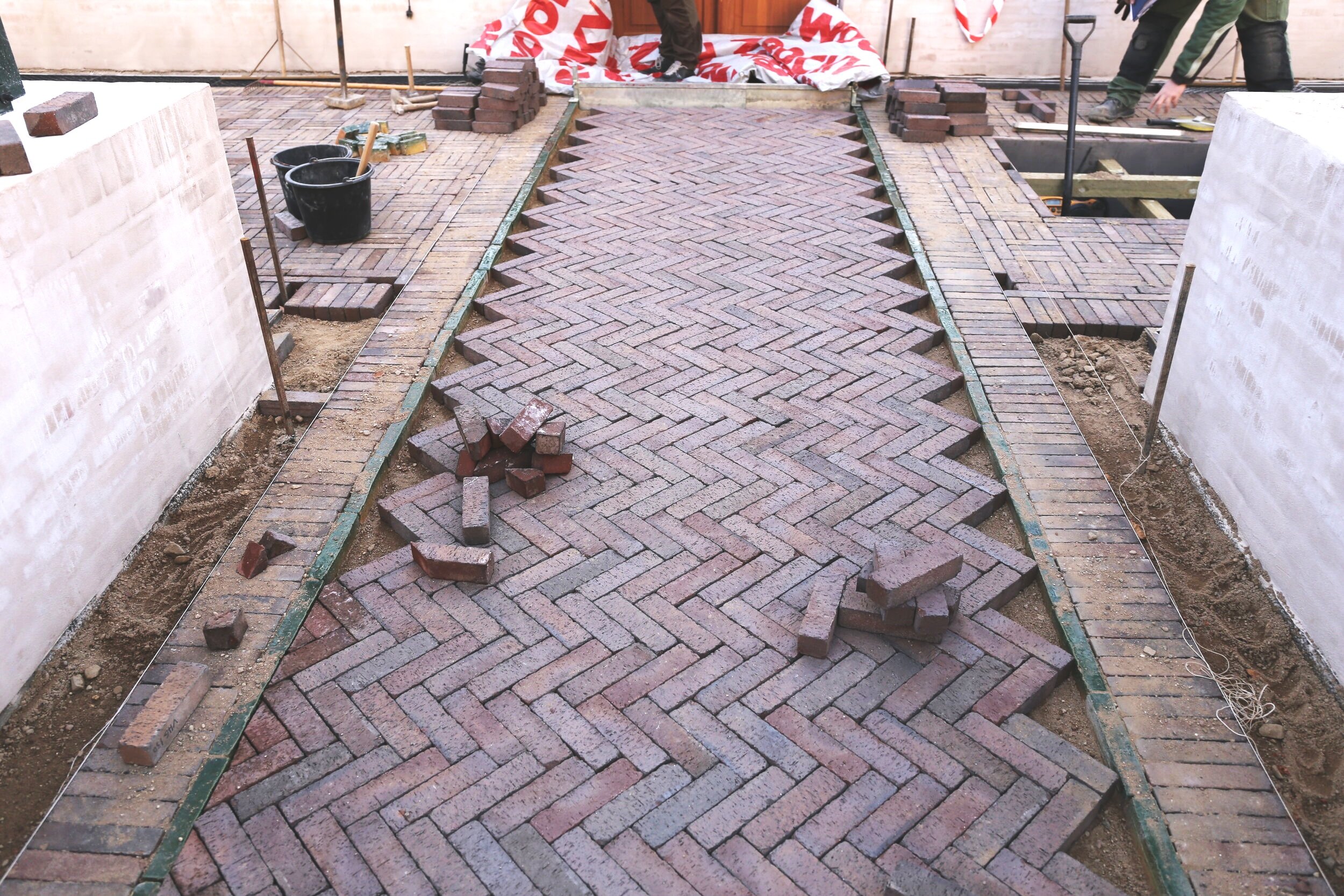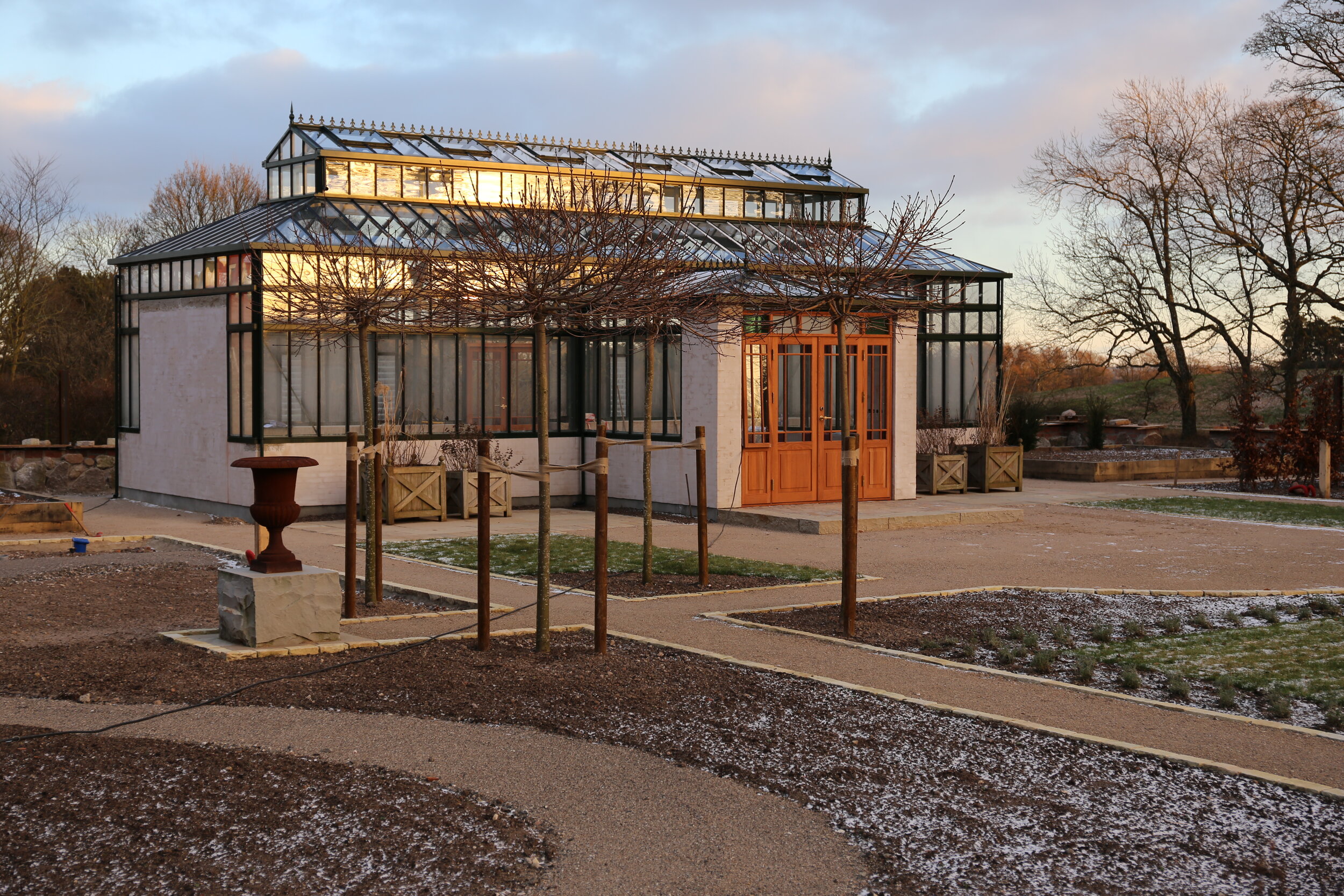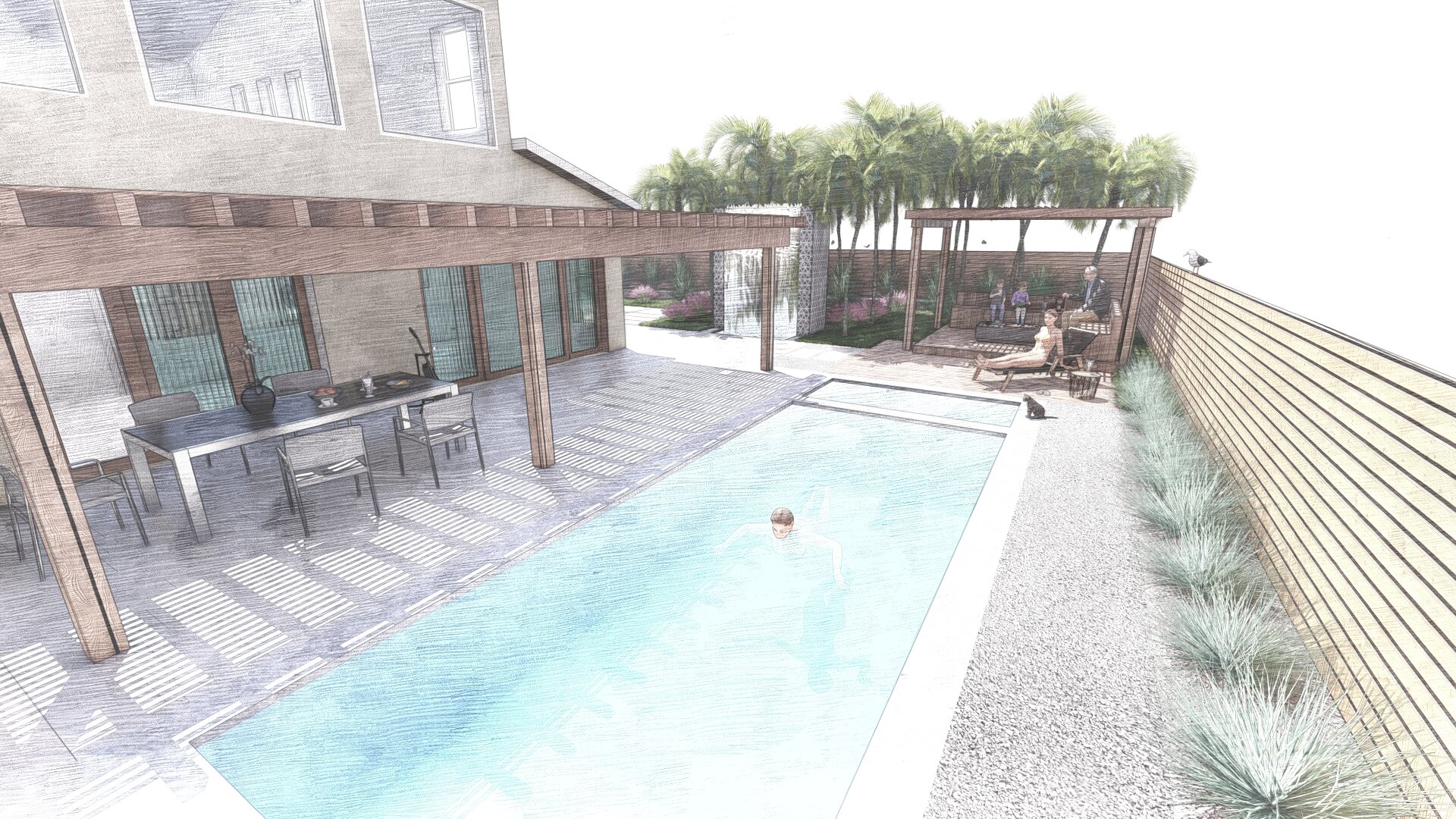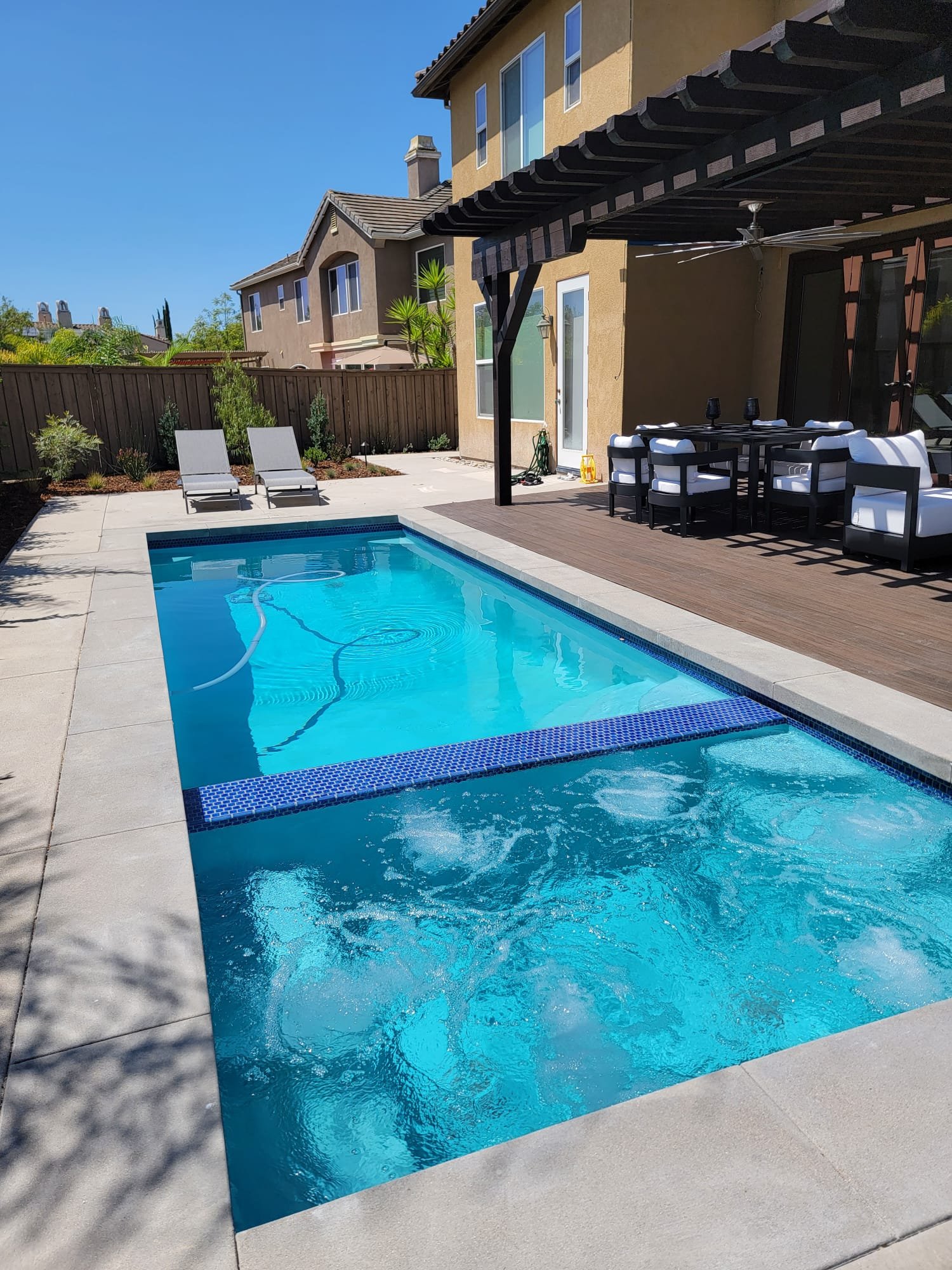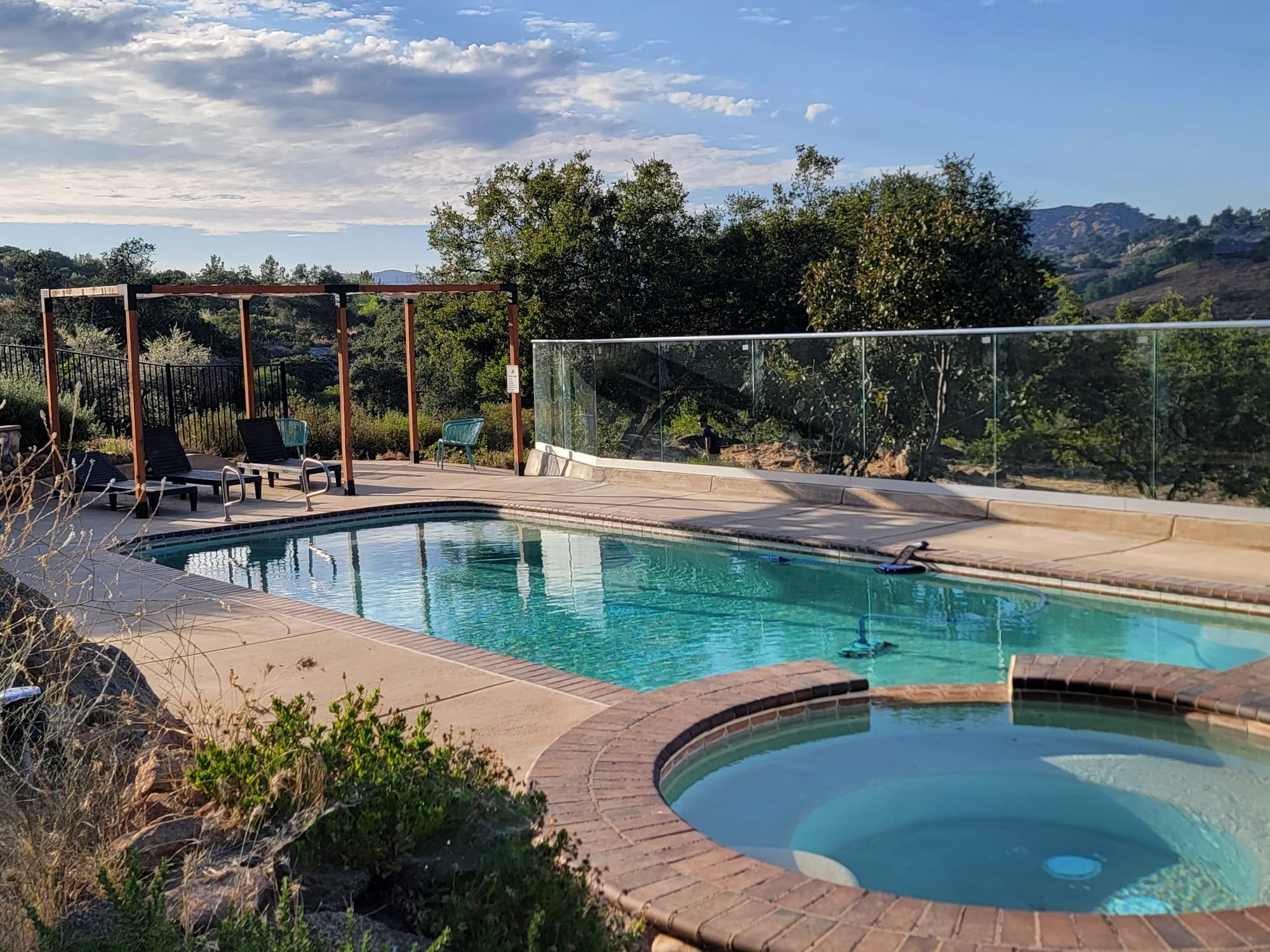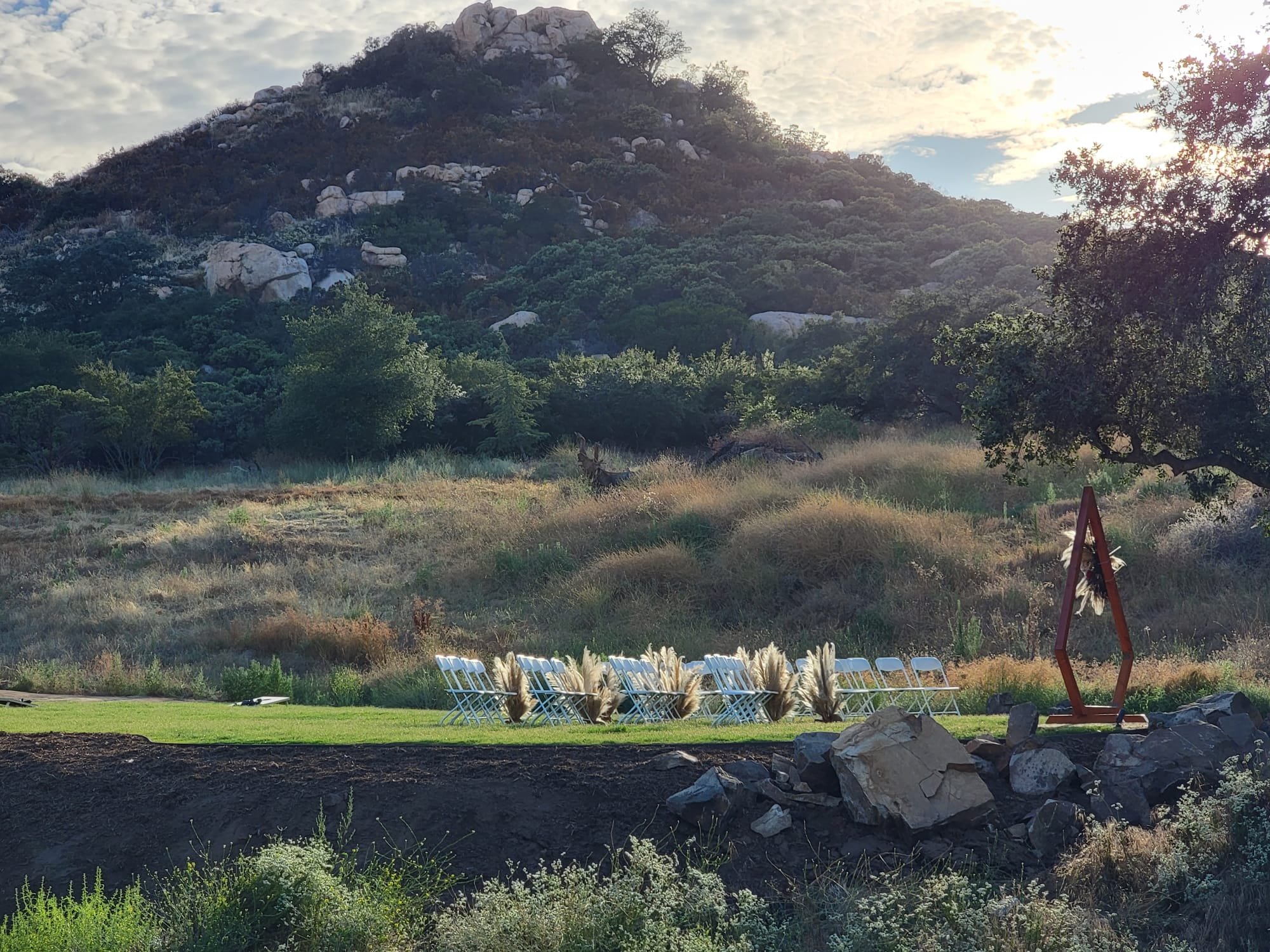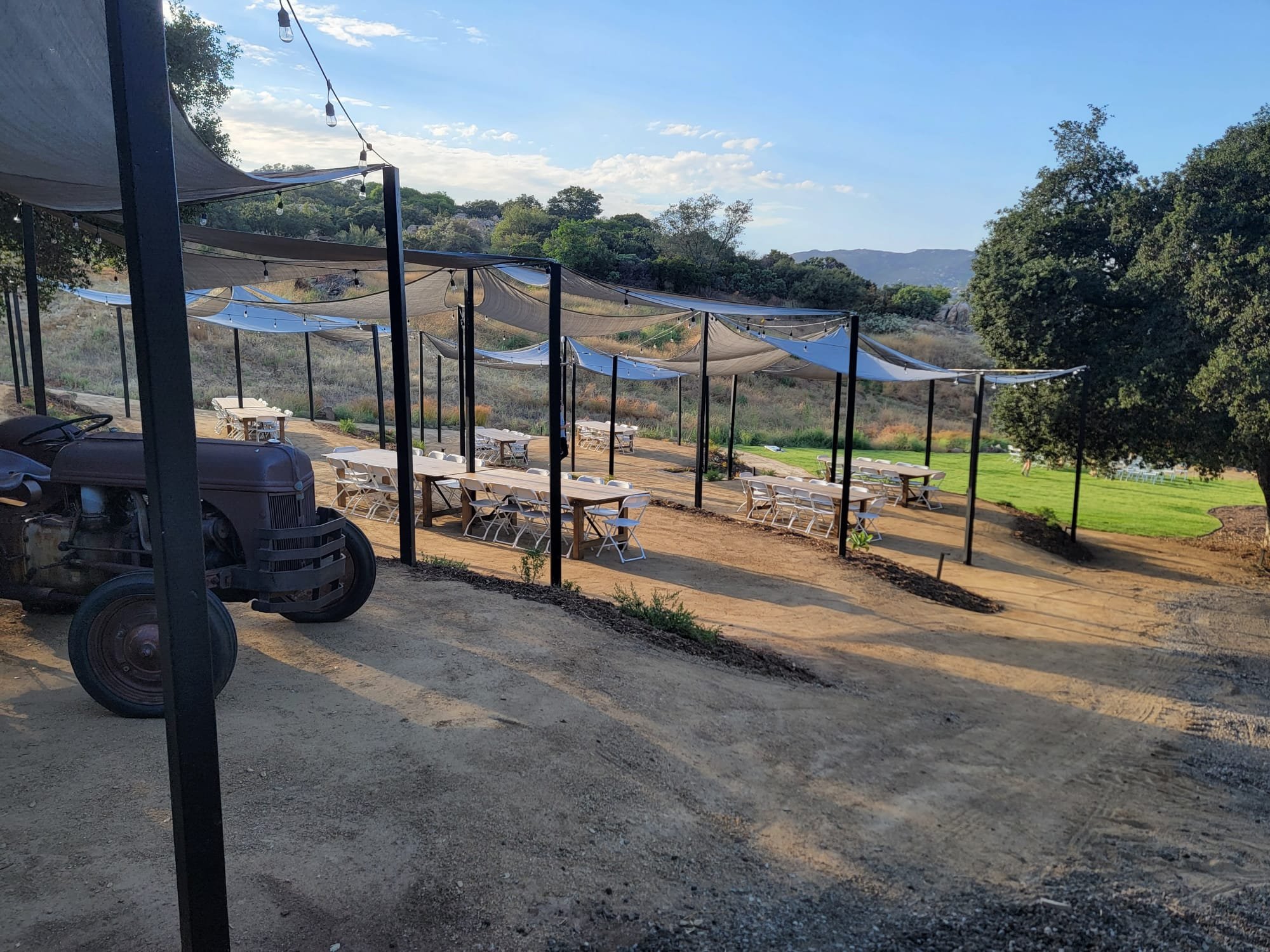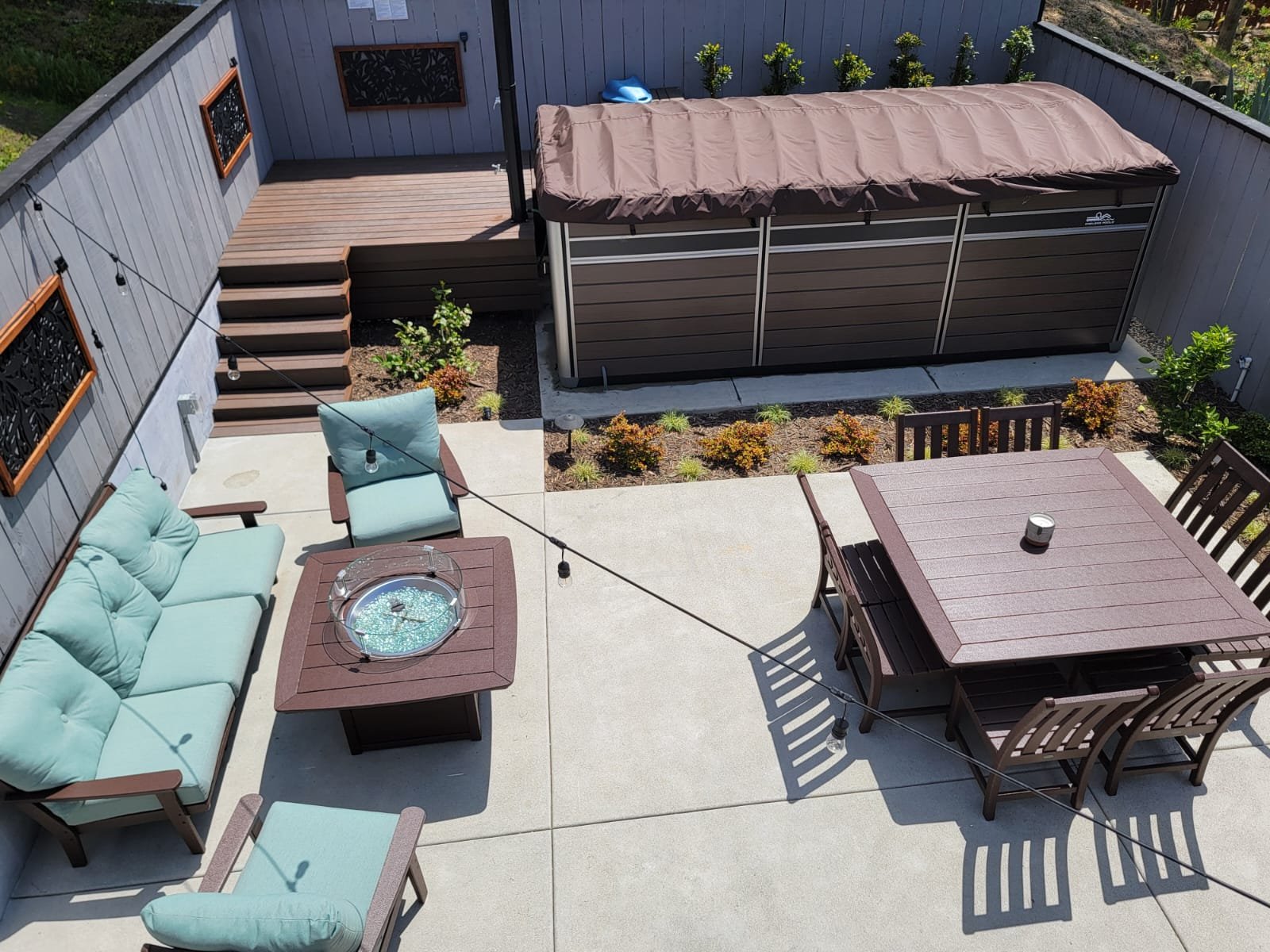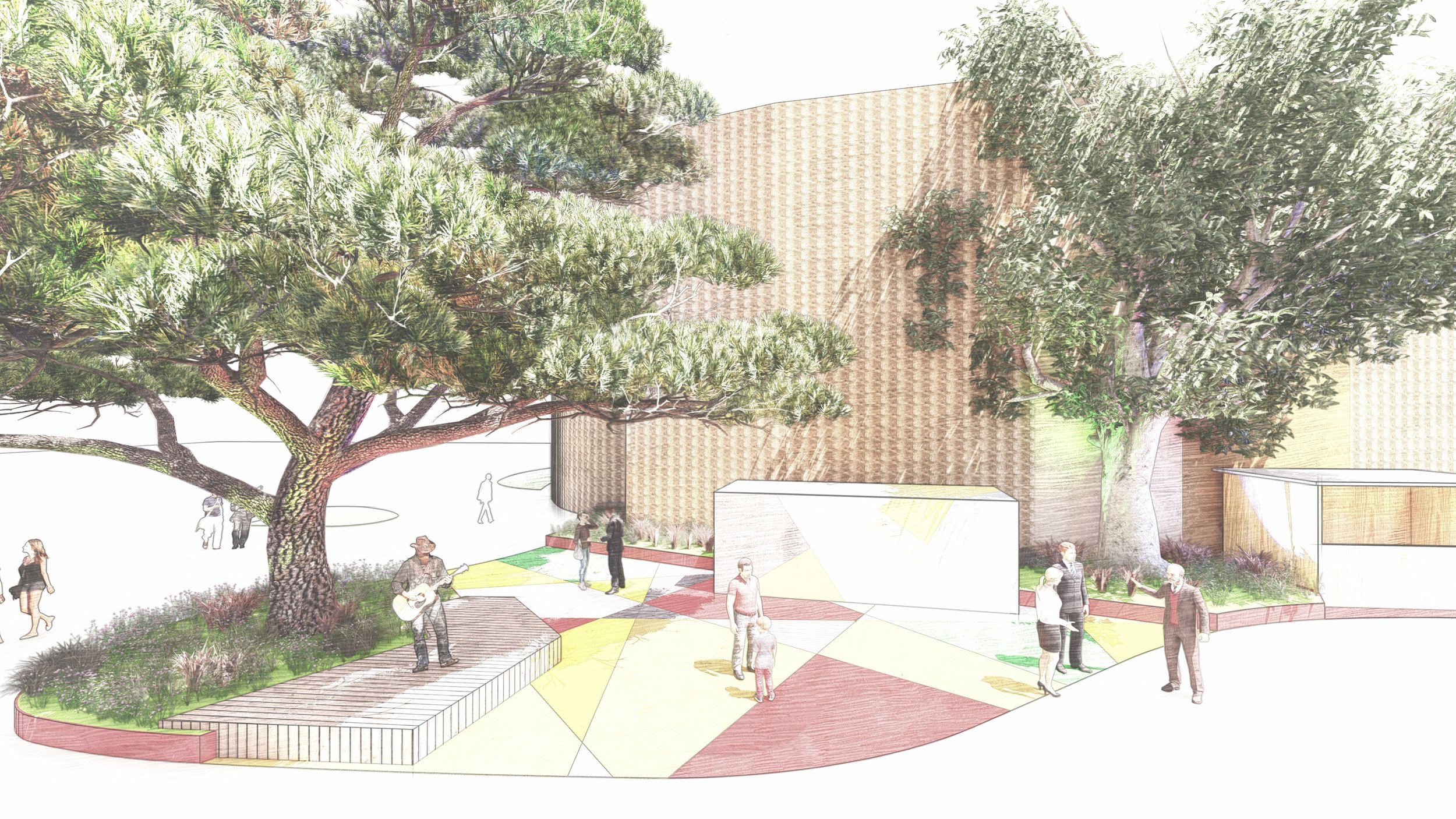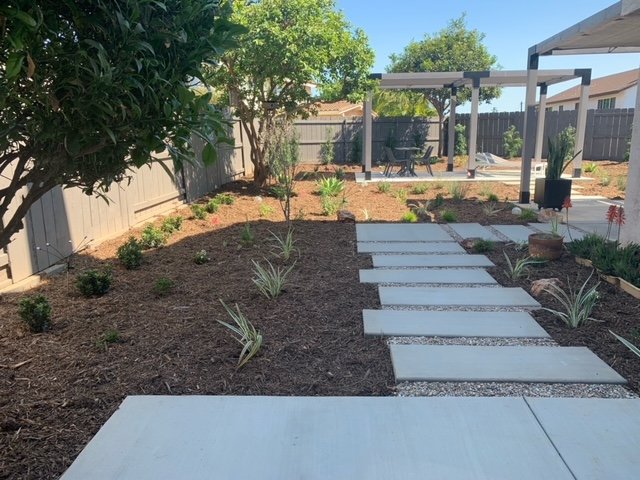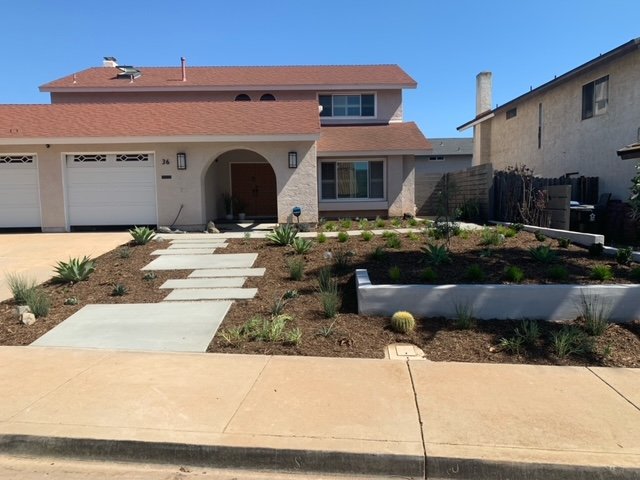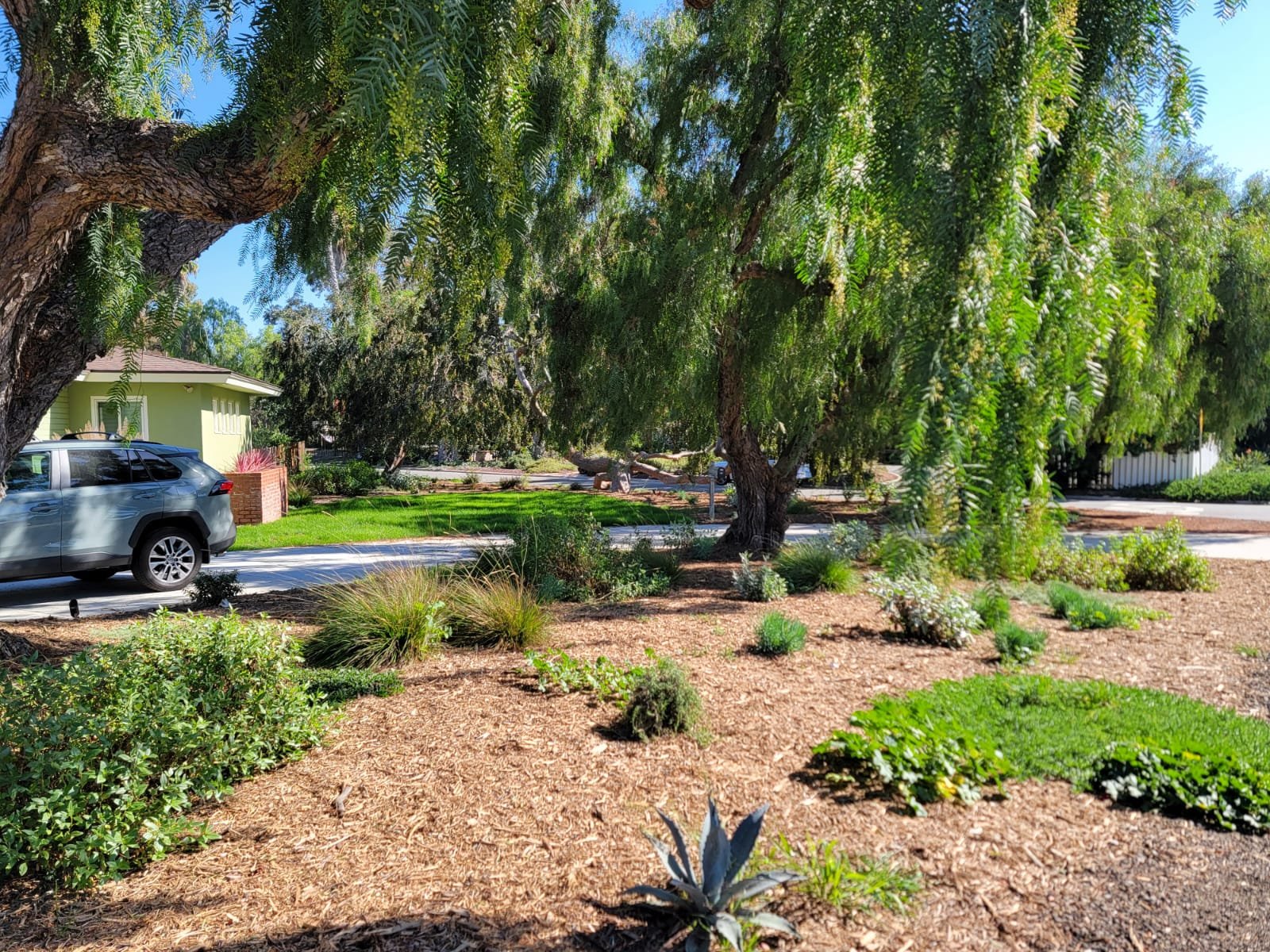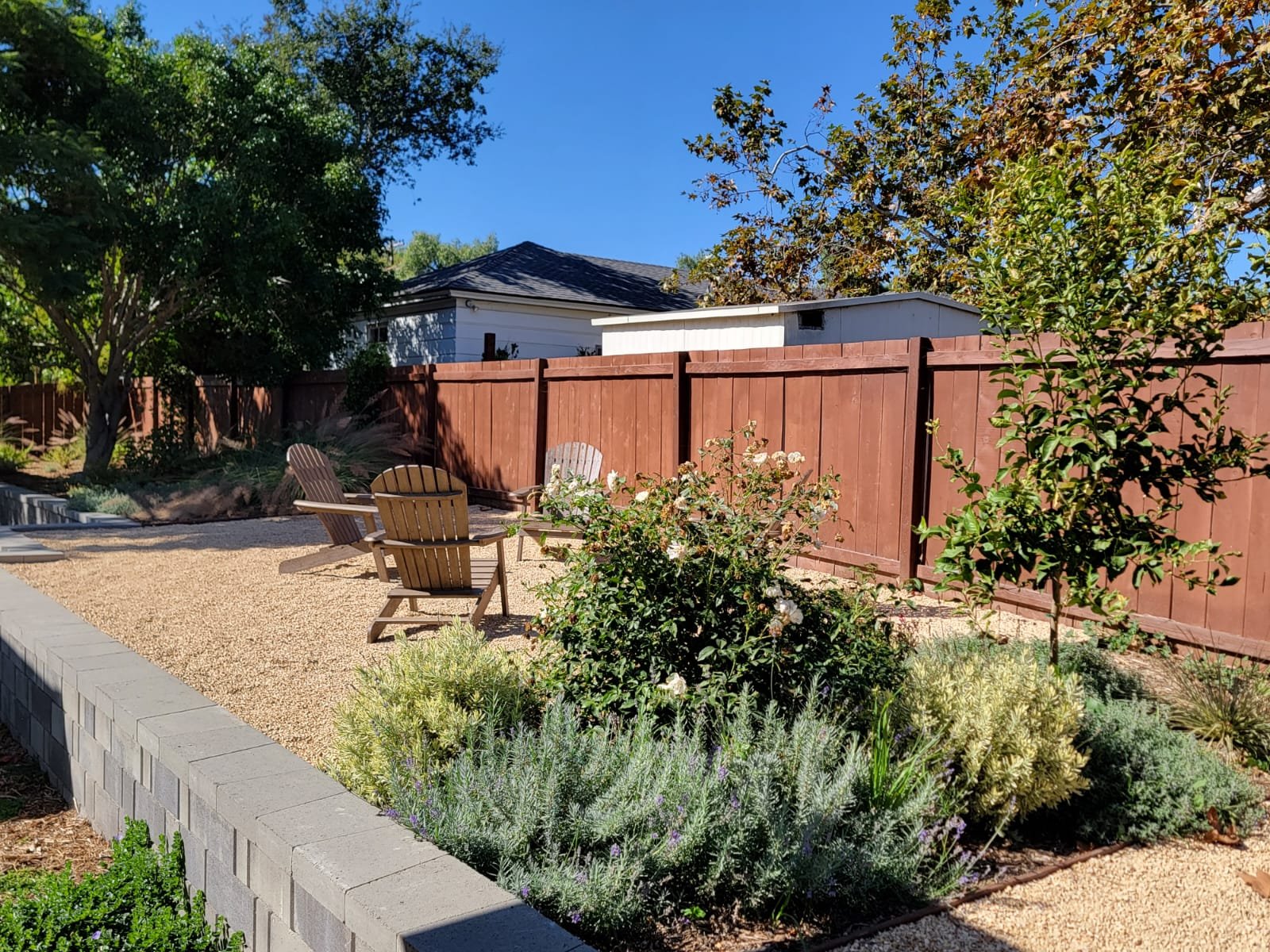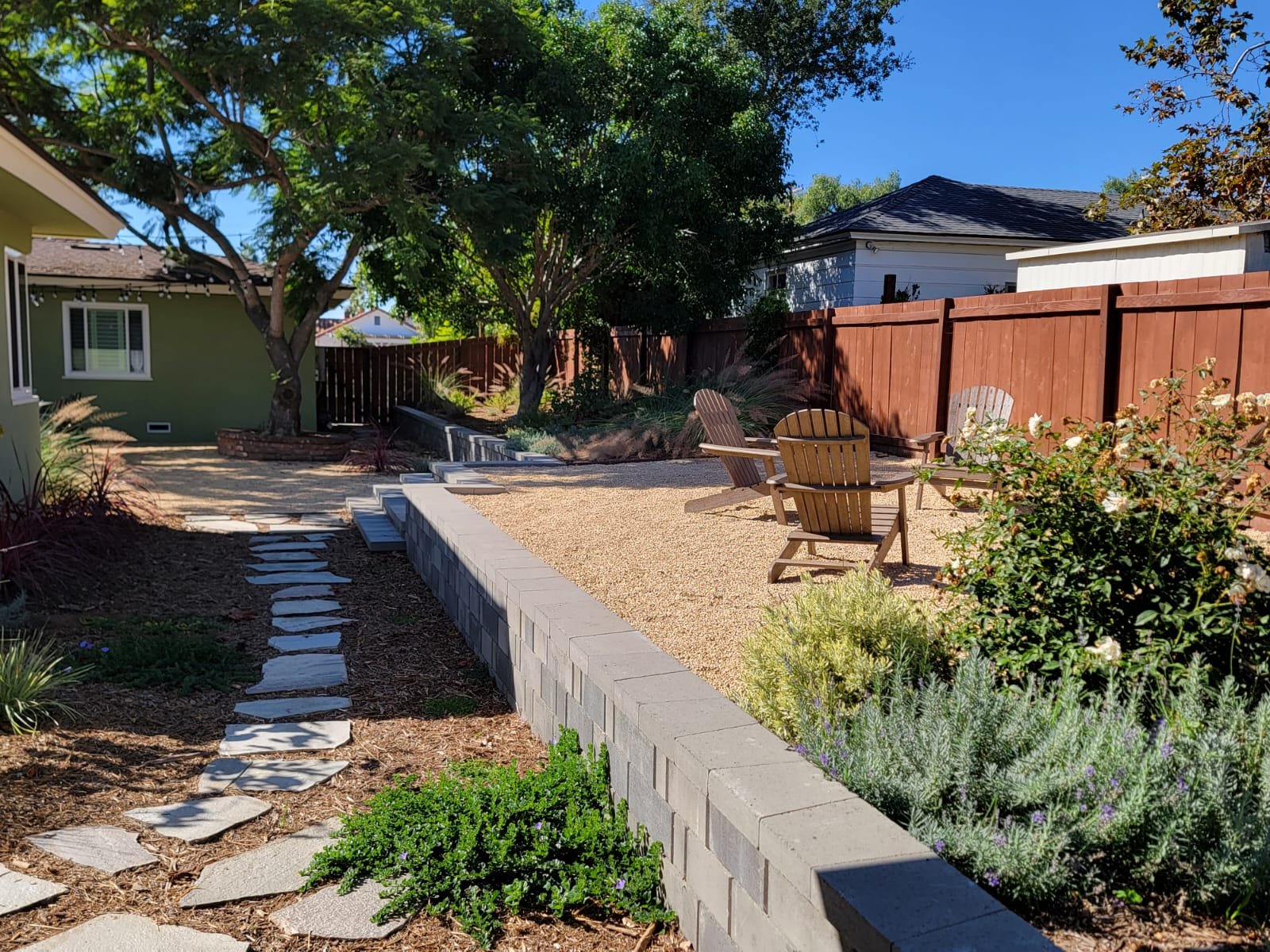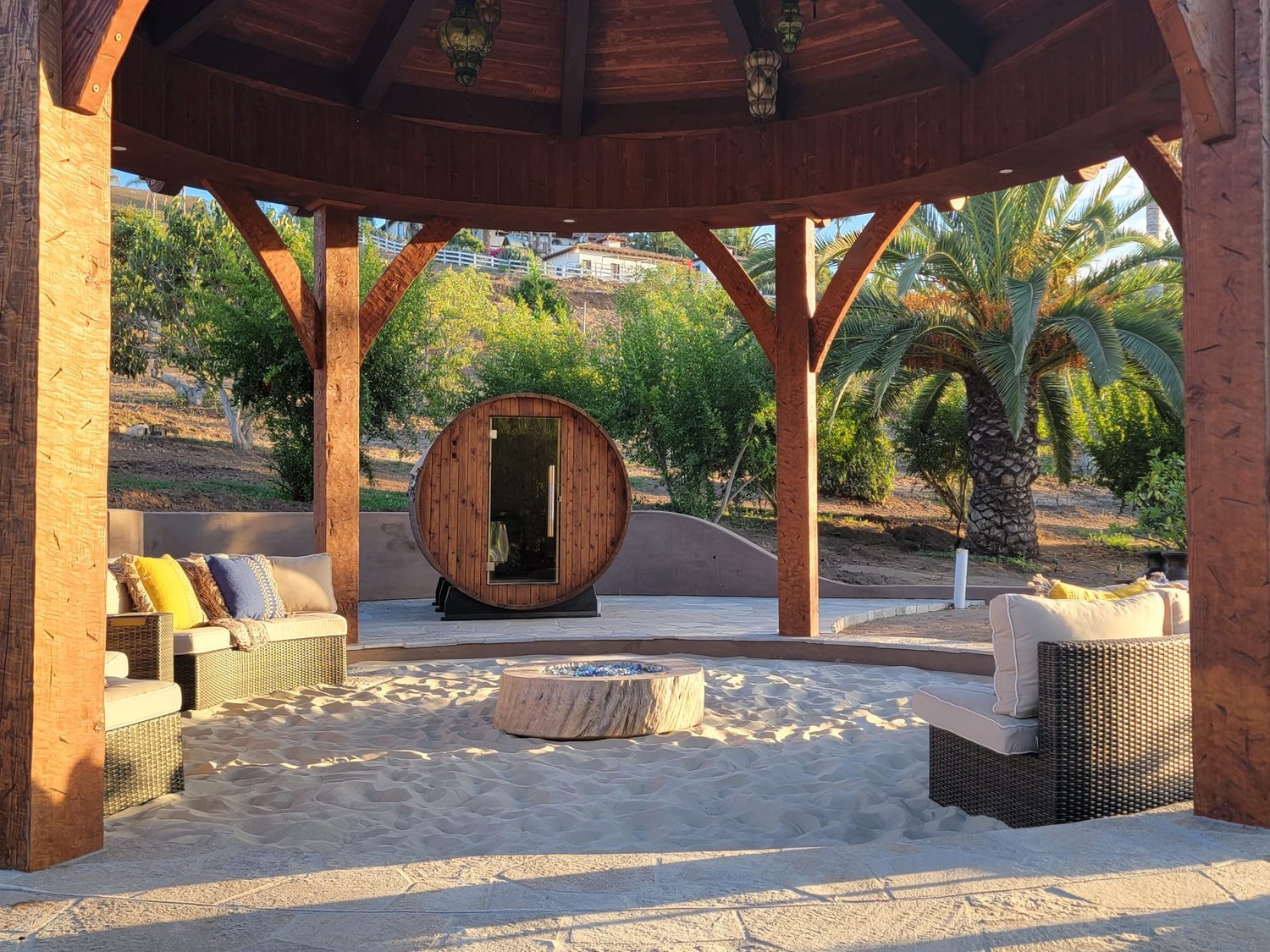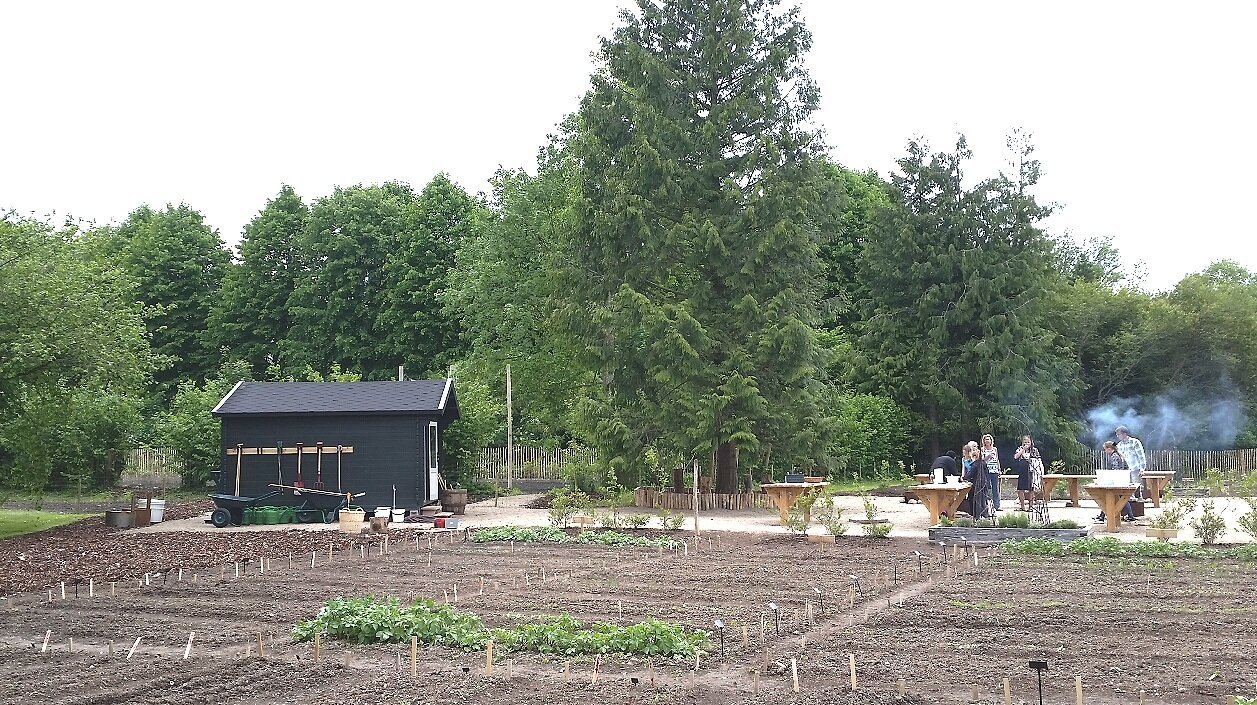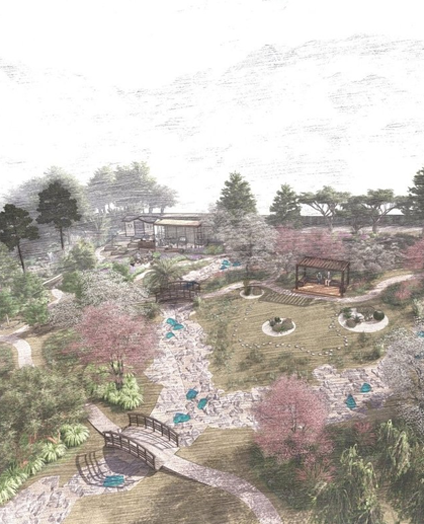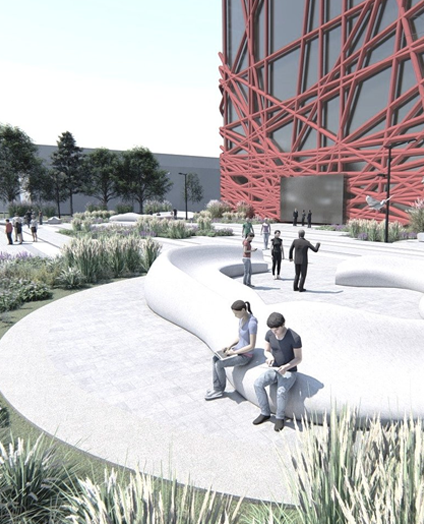History of Landscape Design in Palomar Mountain, California
Palomar Mountain, located in Southern California, has a rich history of landscape design that spans several decades. Here's an overview of the history of landscape design in Palomar Mountain:
01 Native American Landscaping: Before European settlers arrived, the area around Palomar Mountain was inhabited by Native American tribes, including the Luiseño and Kumeyaay people. These indigenous communities lived in harmony with nature and managed the landscape through sustainable practices like controlled burning to promote plant growth and support wildlife.
02 Early European Settlement: The first European settlers arrived in the region in the mid-19th century. They primarily engaged in ranching and logging activities, which likely had some impact on the local landscape.
03 Preservation Efforts: In the early 20th century, there was a growing awareness of the unique natural beauty of Palomar Mountain and the need to protect it. In 1903, the area surrounding the mountain was designated as the Palomar Mountain Forest Reserve, offering some level of protection.
04 Creation of Palomar Mountain State Park: In 1933, during the Great Depression, the Civilian Conservation Corps (CCC) worked on several conservation projects across the country, including Palomar Mountain. As part of these efforts, the CCC constructed roads, trails, and recreational facilities in what would become Palomar Mountain State Park, established in 1935. These interventions aimed to enhance access to the area while preserving its natural beauty.
05 Palomar Observatory: One of the most significant landmarks on Palomar Mountain is the Palomar Observatory, home to the famous Hale Telescope. Constructed in the 1930s, the observatory's design and location were carefully chosen to minimize light pollution and maximize its astronomical capabilities. This further influenced the landscape around the observatory to maintain its pristine conditions for astronomical research.
06 Landscaping of Recreational Areas: Over the years, various recreational areas, campgrounds, and picnic spots have been developed in Palomar Mountain State Park to cater to visitors. These developments aimed to strike a balance between providing amenities for tourists and preserving the natural environment.
07 Conservation and Management: As the region's popularity increased, concerns about preserving the delicate ecosystem of Palomar Mountain grew. Conservation organizations and park management have been actively involved in protecting the area's unique flora, fauna, and scenic landscapes. Efforts have been made to ensure sustainable practices for the management of the state park.
08Community Landscaping: The communities that have developed on Palomar Mountain, such as Palomar Mountain County Park and the surrounding residential areas, likely have their own landscaping histories. These areas may have seen individual landscaping efforts by residents and businesses over the years.

The landscape of Palomar Mountain continues to evolve, influenced by both natural processes and human interventions. Efforts to balance conservation, recreation, and the preservation of its unique natural beauty will likely remain a priority for the foreseeable future.
contact us
Landscape Design Styles in Palomar Mountain, California
landscape design styles in Palomar Mountain, California, have been influenced by various factors, including the natural environment, cultural history, and individual preferences of residents and property owners. Here are some landscape design styles that you might find in Palomar Mountain:
01 Natural and Native Landscaping: Given Palomar Mountain's beautiful natural surroundings, many property owners and conservation-minded individuals opt for a landscaping style that integrates seamlessly with the native environment. This style emphasizes the use of native plants, rocks, and materials that are well-suited to the local climate. The goal is to create a landscape that mimics the surrounding wilderness and supports local wildlife.
02 Woodland Garden: Palomar Mountain's forested areas inspire the woodland garden style. This style incorporates shade-loving plants, ferns, and mosses to create a lush and enchanting setting. The design often includes meandering pathways, stone features, and strategically placed benches to create tranquil spots for relaxation and reflection.
03 Rustic and Mountain-Inspired: Some property owners in Palomar Mountain embrace a rustic landscape design that complements the mountainous setting. This style might feature natural materials like timber, stone, and boulders, as well as elements such as log benches, wooden fences, and native wildflower gardens
04 Alpine Garden: With its higher elevation, Palomar Mountain experiences colder temperatures compared to surrounding areas, making it suitable for alpine plants. Alpine gardens feature hardy plants and flowers that thrive in colder climates, including various species of alpine and subalpine plants that add color and texture to the landscape.
05 Mediterranean and Drought-Tolerant Landscaping: Given California's history of drought and water conservation concerns, many property owners in Palomar Mountain opt for Mediterranean-style landscaping. This style typically incorporates drought-tolerant plants, succulents, and gravel or mulch to create an aesthetically pleasing landscape that requires less water.
06 Japanese Zen Garden: Some individuals and institutions on Palomar Mountain might choose a Japanese Zen garden style. These gardens often feature carefully raked gravel or sand, stones, and carefully pruned trees and shrubs, creating a peaceful and meditative environment
07 Eclectic Gardens: Palomar Mountain's diverse community may lead to a mix of different landscape design styles. Eclectic gardens might combine elements from various styles, reflecting the unique tastes and personalities of the property owners.
08 Edible Landscaping: With a growing interest in sustainable living and homegrown food, some residents in Palomar Mountain incorporate edible landscaping into their properties. This style combines fruit trees, vegetable beds, and herbs with ornamental plants to create a functional and visually appealing landscape.
These landscape design styles are not exhaustive, but they capture the diversity and creativity that can be found in the landscapes of Palomar Mountain, reflecting the unique character of this beautiful region in Southern California.
These are just a few examples of the many landscape architecture and design styles you can find in Palomar Mountain, California.
contact usFeatured Projects
Best Parks and Gardens to Visit for Inspiration in Palomar Mountain, California
Palomar Mountain, California, is a nature lover's paradise with several beautiful parks and gardens worth visiting. Here are some of the best parks and gardens to explore in Palomar Mountain:
Palomar Mountain State Park: This is the primary recreational area on Palomar Mountain and a must-visit destination. The park offers various hiking trails, including the popular Doane Pond Nature Trail, which takes you through serene forests and around a picturesque pond. The park also has picnic areas and campgrounds, making it an excellent spot for a day trip or camping adventure.
Palomar Observatory: While not a traditional garden or park, the Palomar Observatory's grounds offer stunning views and unique architectural features. Visitors can explore the observatory's exterior and learn about its astronomical significance. The area surrounding the observatory also provides fantastic opportunities for stargazing.
Doane Valley Nature Trail: Located within Palomar Mountain State Park, the Doane Valley Nature Trail is a beautiful and relatively easy hiking trail that showcases the area's natural beauty. The trail leads through oak woodlands, past the Doane Pond, and offers opportunities for birdwatching and wildlife viewing.
High Point Vista: This viewpoint offers breathtaking panoramic views of the surrounding mountains and valleys. It's a great spot to take in the natural beauty of Palomar Mountain and capture some stunning photographs.
Boucher Hill Fire Lookout: At an elevation of over 5,400 feet, Boucher Hill offers another excellent vantage point to appreciate the mountain's vistas. The area surrounding the fire lookout is well-maintained and provides a pleasant spot for a leisurely stroll.
The Lavender Farm: Located on Palomar Mountain, the Lavender Farm offers a delightful sensory experience. Visitors can stroll through lavender fields, purchase lavender products, and enjoy the calming fragrance of the herb.
Fry Creek Trail: This moderate hiking trail is located in the Cleveland National Forest and offers an opportunity to explore the scenic wilderness of Palomar Mountain. The trail leads through a picturesque creek area and is known for its beautiful wildflowers during the blooming season.
contact us
LASD Studio Services: Landscape Architecture, Sustainability & Design.
Our design studio delivers Garden Design , Landscape architecture and Urban Design Projects internationally. Each of our designs distinguishes with high-quality details, attention to the specific epoch of architecture style, climate zone, sustainability issues and of course wishes of our clients
LASD Studio fields of expertise are (private, public, and institutional):
 Garden Design, Landscape Design, & Exterior Design
Garden Design, Landscape Design, & Exterior Design
 Landscape Architecture
Landscape Architecture
 Urban Design
Urban Design
 Regional Landscape Design
Regional Landscape Design
 Private, Public, Institutional Landscape Design and Landscape Architecture Services worldwide.
Private, Public, Institutional Landscape Design and Landscape Architecture Services worldwide.
Land Art, planting plan selection, Landscape Design and Landscape Tender Preparation
Palomar Mountain’s Most-Known Landscape Architects and Their Works
there are several renowned landscape architects known for their significant contributions to the field. Here are some of the most well-known landscape architects and some of their notable works:
Frederick Law Olmsted (1822-1903): Often regarded as the "father of American landscape architecture," Frederick Law Olmsted designed numerous iconic landscapes and parks, including:
Central Park in New York City, New York, USA
Prospect Park in Brooklyn, New York, USA
Biltmore Estate gardens in Asheville, North Carolina, USA
The U.S. Capitol Grounds in Washington, D.C., USA
André Le Nôtre (1613-1700): A prominent landscape architect of the French Baroque era, André Le Nôtre is best known for designing the formal gardens of the Palace of Versailles in France, including the Hall of Mirrors and the Grand Canal.
Roberto Burle Marx (1909-1994): A Brazilian landscape architect and artist, Burle Marx was known for his pioneering use of native Brazilian plants and his innovative modernist designs. Some of his famous works include the landscape design of Flamengo Park in Rio de Janeiro and the Copacabana Beach promenade.
Dan Kiley (1912-2004): An influential American landscape architect, Dan Kiley designed numerous modernist landscapes, including:
Miller Garden in Columbus, Indiana, USA
Jefferson National Expansion Memorial (Gateway Arch) grounds in St. Louis, Missouri, USA
Martha Schwartz (born 1950): An American landscape architect known for her vibrant and contemporary landscape designs. Some of her notable works include the Myriad Gardens in Oklahoma City, Oklahoma, and the Exchange Square in Manchester, UK.
Piet Oudolf (born 1944): A Dutch landscape designer and plantsman, Piet Oudolf is renowned for his naturalistic and sustainable planting designs. Notable works include the High Line in New York City and the Lurie Garden in Chicago, Illinois, USA.
Laurie Olin (born 1938): An American landscape architect and educator, Laurie Olin has been involved in designing various public spaces and gardens, such as the Bryant Park restoration in New York City and the master plan for the Getty Center in Los Angeles, California, USA.
Peter Walker (born 1932): An influential American landscape architect, Peter Walker has worked on projects like the National September 11 Memorial in New York City and the Nasher Sculpture Center Garden in Dallas, Texas, USA.
Contact us now to discuss your landscape design needs with one of our experts and get a quote on your next project.
contact us— Landscape Architecture, Sustainability, Design.


